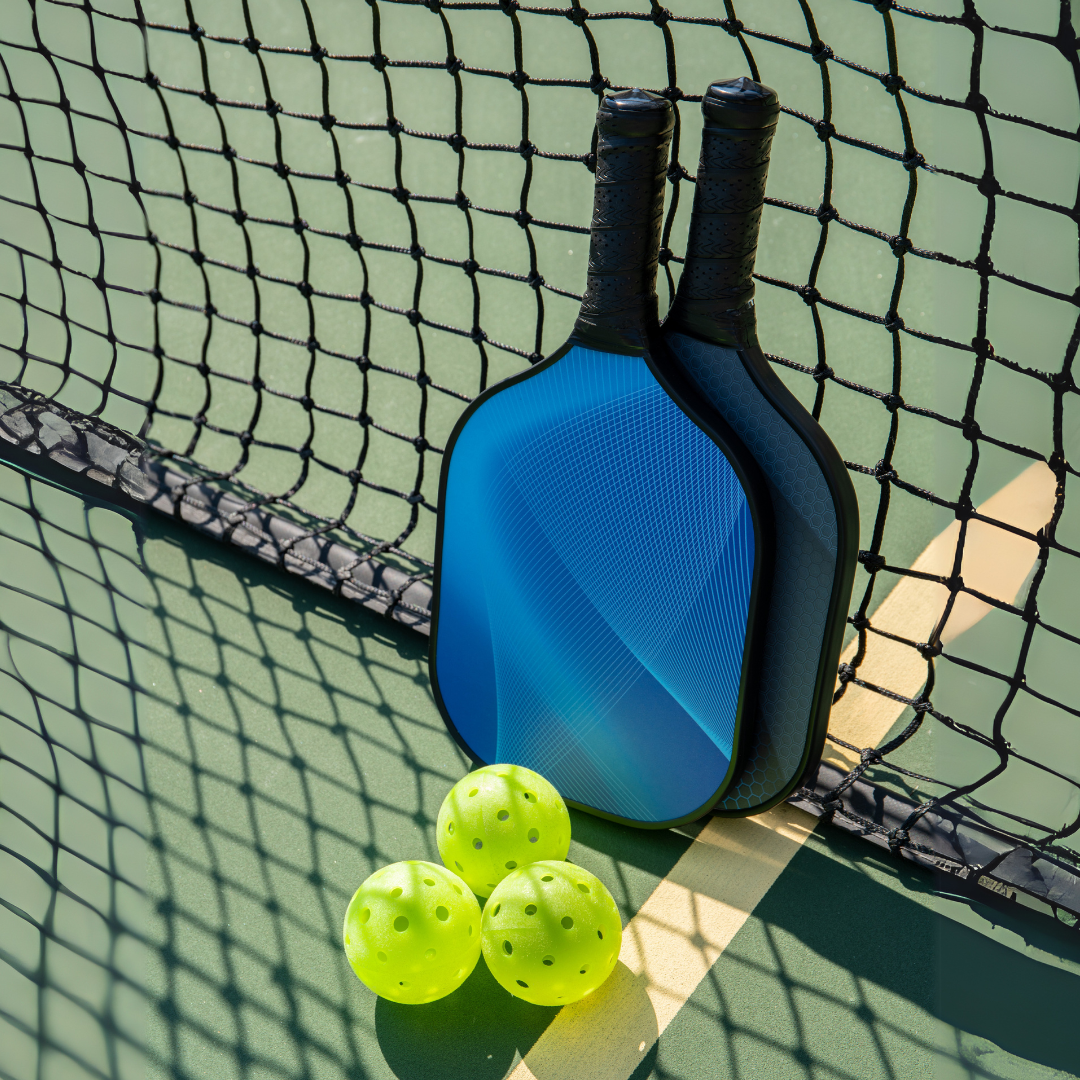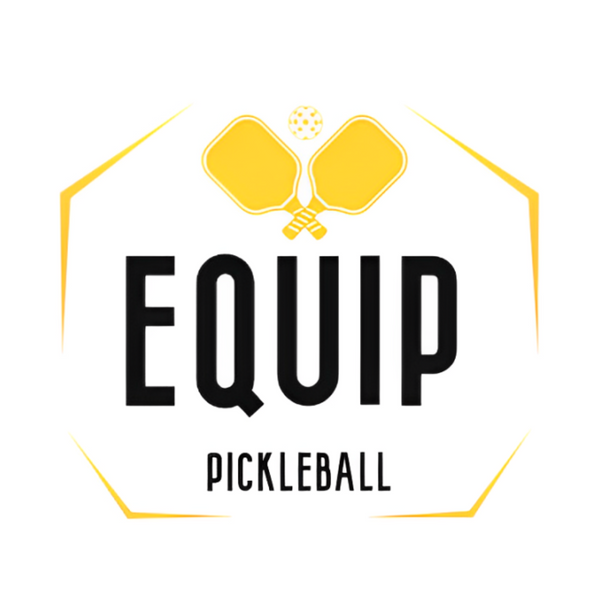
Pickleball Nets – The Foundation of Every Game
Share
A pickleball court is incomplete without its centerpiece – the net. Whether you’re setting up a dedicated backyard court or need a portable option for the park, choosing the right net is key to a great playing experience.
Let’s break down everything you need to know about pickleball nets, from dimensions to durability, setup, and maintenance.
- Pickleball Net Basics
- Types of Pickleball Nets
- Choosing the Right Net
- Setting Up Your Pickleball Net
- Maintaining Your Pickleball Net
- Fun Facts & Pro Tips
- Final Thoughts
1. Pickleball Net Basics
Standard Dimensions
For a net to be regulation size, it must meet these official measurements:
- Width: 22 feet (6.71 meters)
-
Height:
- 36 inches (91.44 cm) at the sidelines
- 34 inches (86.36 cm) at the center
- Posts: Should extend 12 inches (30.48 cm) beyond the sidelines
Materials
A quality net should be built from durable materials to handle frequent play:
- Net: Typically made of polyethylene or nylon for strength and flexibility.
- Frame: Commonly steel or aluminum for stability.
- Posts: Made from steel, aluminum, or composite materials, depending on portability needs.
2. Types of Pickleball Nets
Not all pickleball nets are the same. Depending on your playing needs, you might prefer a permanent, portable, or temporary net.
Permanent Nets
✔ Ideal for dedicated pickleball courts
✔ Most durable option
✔ Requires professional installation
💡 Best for: Clubs, schools, and serious players with a dedicated court.
Portable Nets
✔ Great for multi-use spaces or travel
✔ Easy to set up and take down
✔ Varying levels of durability and stability
💡 Best for: Players who need flexibility and easy transport.
Temporary Nets
✔ Lightweight and ultra-portable
✔ Perfect for introducing pickleball in new locations
✔ May sacrifice some stability
💡 Best for: Casual games, beginners, or impromptu setups.
3. Choosing the Right Net
Before purchasing a pickleball net, consider these key factors:
✔ How often will you play? Frequent players need a more durable, stable net.
✔ Where will you play? If you use multiple locations, a portable net is the best choice.
✔ How easy is it to set up? Some nets take minutes, while others require a longer assembly.
✔ Does it meet regulation size? Ensure the height and width match official guidelines.
✔ Is it weather-resistant? If playing outdoors, look for materials that resist sun and rain damage.
💡 Pro Tip: If using a portable net outdoors, consider anchoring it for extra stability in windy conditions.
4. Setting Up Your Pickleball Net
Proper setup ensures fair play and longevity. Follow these step-by-step instructions for a secure net setup:
- Choose a flat, level surface – Avoid uneven ground that could cause instability.
- Assemble the frame – Follow the manufacturer’s instructions. Most portable nets snap together easily.
- Attach the net to the frame – Make sure the top cord is tight and the net doesn’t sag.
- Adjust the center strap – The center height should be 34 inches, while the sidelines should be 36 inches.
- Double-check the measurements – Use a tape measure to verify the net’s regulation size.
💡 Pro Tip: If setting up on a windy day, add weights to the base of a portable net for better stability.
5. Maintaining Your Pickleball Net
A well-maintained net lasts longer and stays in great shape. Follow these tips:
✔ Clean regularly – Use mild soap and water to remove dirt and grime.
✔ Check for wear and tear – Look for fraying netting or bent posts.
✔ Store in a dry place – Prevent rust and weather damage.
✔ Account for all parts – If using a portable net, make sure no pieces are lost after use.
✔ Tighten bolts and connections – Keep your net frame stable over time.
💡 Pro Tip: Avoid leaving portable nets outdoors for long periods—sun and rain exposure can weaken materials.
6. Fun Facts & Pro Tips
🎾 Why is the net lower in the center?
The 34-inch center height encourages longer rallies, making games more exciting and strategic!
🎾 Portable or permanent net?
If you regularly switch locations, a portable net is your best bet—but if you have a dedicated court, a permanent net gives the most stability.
🎾 Best practice for net tension?
A loose net affects ball bounce, so always double-check tension before play.
7. Final Thoughts
The right pickleball net can elevate your playing experience—whether you’re setting up a backyard court, a tournament venue, or a casual park game.
Choose a net that suits your playing style, maintain it well, and enjoy endless rallies on the court!
